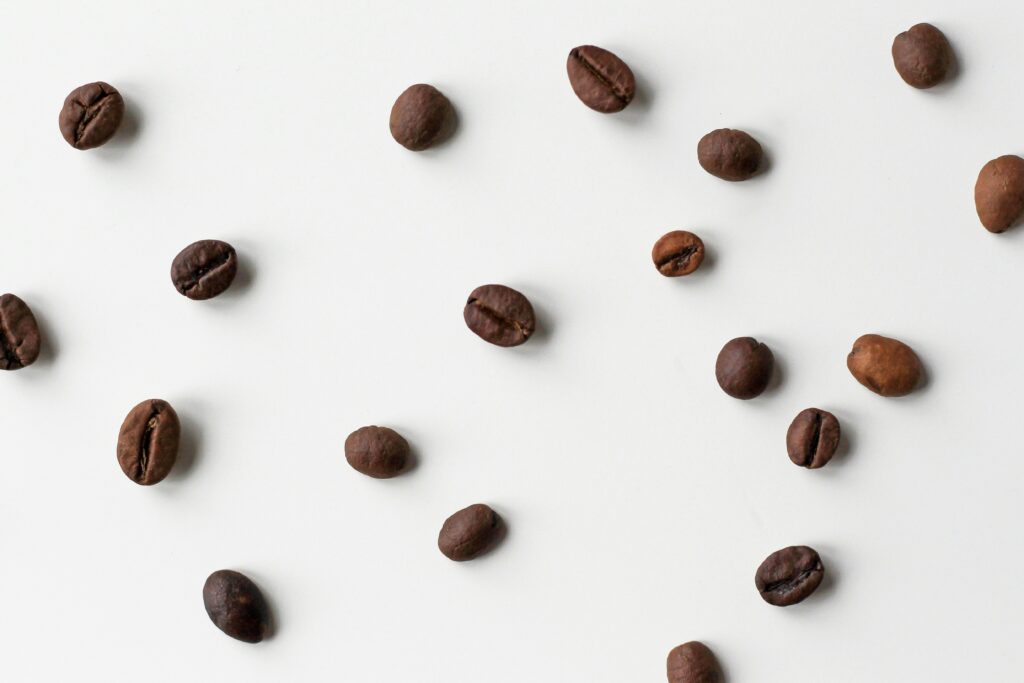Physical Address
304 North Cardinal St.
Dorchester Center, MA 02124
Physical Address
304 North Cardinal St.
Dorchester Center, MA 02124

You can have the most expensive espresso machine, but if your beans are just “okay”, the best coffee you can make will be just “okay”. Good beans = good coffee (usually), as long as you brew them halfway decent. Your brewing method, equipment, and technique all play a role, but your coffee is only as good as the beans you start with.
So, how do you find high-quality coffee? Let’s break it down.
🔥 Why Beans Matter More Than Equipment
A $30 drip coffee maker with great beans will almost always taste better (99/100 times) than a $2,000 espresso machine using stale, low-quality beans. Why? Because coffee is 98% water + dissolved bean compounds—bad beans = bad flavor, no matter how fancy your gear is.
Your machine extracts what’s already in the beans, meaning if they’re stale, bitter, or low-quality, no amount of fancy brewing can make them taste better. You might get a technically well-brewed cup, but it’ll still be mediocre at best.
🛒 How to Spot High-Quality Coffee Beans
1️⃣ Look for Freshness (Roast Date Matters!)
The fresher the roast, the better the coffee. But how fresh is too fresh?
• A roast date within the last month is a great purchase—this ensures peak flavor and freshness.
• Flavor starts diluting slowly over time after 4-6 months. Beyond that, even well-stored beans will lose complexity.
• Avoid “Best By” dates—they’re misleading. Always check for a roast date instead.
👉 Whole Beans > Pre-Ground: Whole beans stay fresh longer, but not everyone owns a grinder. If you buy pre-ground, make sure it’s from a fresh batch.
2️⃣ Single-Origin vs. Blend – Which is Better?
Not all blends are bad, but big-brand blends often mix beans from massive regions, combining different quality levels. This results in a less distinct, diluted flavor.
• Single-Origin Coffee → Sourced from a single farm or even a single section of a farm, making the flavor more focused and unique.
• Small-Batch Blends → Crafted for balance using high-quality beans. These can be excellent.
• Big-Brand Blends → Often use lower-quality beans from multiple countries, resulting in a generic, less flavorful taste.
👉 If you want bold, complex flavors, go for single-origin from a trusted roaster. If you want a balanced, approachable coffee, a small-batch blend from a specialty roaster is a solid choice.
3️⃣ Choose the Right Roast Level (And Avoid the Wrong One!)
Your roast level affects how much of the bean’s natural flavor comes through.
• Light Roast: Bright, fruity, more acidity → But a bad light roast is worse than a bad medium roast.
• Medium Roast: Balanced, nutty, caramel notes → The safest bet for most people and a great starting point.
• Dark Roast: Bold, smoky, sometimes bitter → Often used to mask lower-quality beans.
👉 If you’re new to specialty coffee, start with a good medium roast before exploring light or dark options.
🌱 Where & How It’s Grown Matters
Arabica vs. Robusta – The Quality Difference
Most high-quality coffee is Arabica, while lower-end coffee often contains Robusta. Here’s how they compare:
• Robusta beans are often used in instant coffee and cheap supermarket blends because they are cheaper, more bitter, and easier to grow.
• Arabica beans, especially those grown at high altitudes, develop more nuanced flavors—this is what you want for specialty coffee.
Other Growing Factors That Affect Quality
1️⃣ High-altitude coffee (1,000m+) is usually more flavorful → Beans develop slower, leading to more complex sugars and better taste.
2️⃣ Shade-grown coffee is usually higher quality → More natural growing conditions = richer flavor.
3️⃣ Organic & Fair-Trade Certifications can indicate better care → Doesn’t always mean better coffee, but it’s a good sign.
👉 Bottom Line: If your coffee contains Robusta, is grown at low altitudes, or lacks sourcing details, it’s probably low quality.
🚫 Red Flags: Signs of Low-Quality Coffee
❌ Oily beans? Probably over-roasted or stale.
❌ No roast date? Likely months old.
❌ Pre-ground? Loses freshness fast.
❌ Super cheap? Probably low-quality Robusta or past its prime.
🔥 The Best Places to Buy High-Quality Coffee Beans
Want good coffee without hunting for a specialty shop? Here are the best places to buy fresh, high-quality beans:
• Local Roasters (Best option – freshly roasted and high-quality)
• Direct from Specialty Coffee Brands
• Trusted Online Retailers (Amazon has some good options)
🚨 Avoid generic grocery store brands—most are months old and full of Robusta!
💡 Final Thoughts: Equipment Can’t Fix Bad Beans